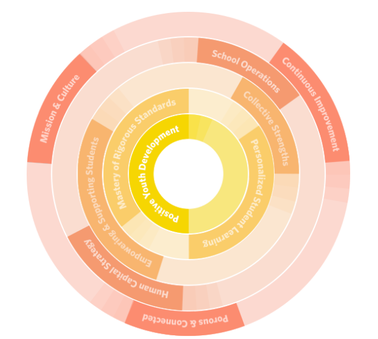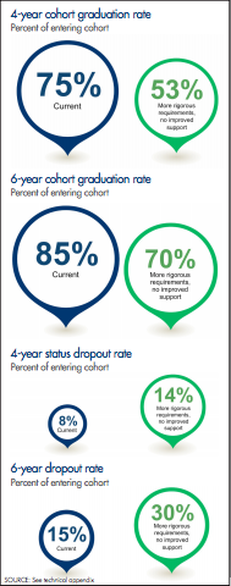|
|
|
|
This blog will document important elements of this school design effort, so that there can be greater understanding of the grant and this important work. opportunity by design challenge
Integrated design principles The principles listed below were employed in the effort to design a non-academically selective high performing secondary school.
Working in concert, the principles facilitate the design of a high performing model. Read some of the elements associated with each principle (The principles attachment can be found below.).
Comments are closed.
|
|
||||||||||||||||



 RSS Feed
RSS Feed
